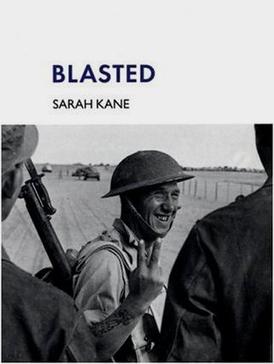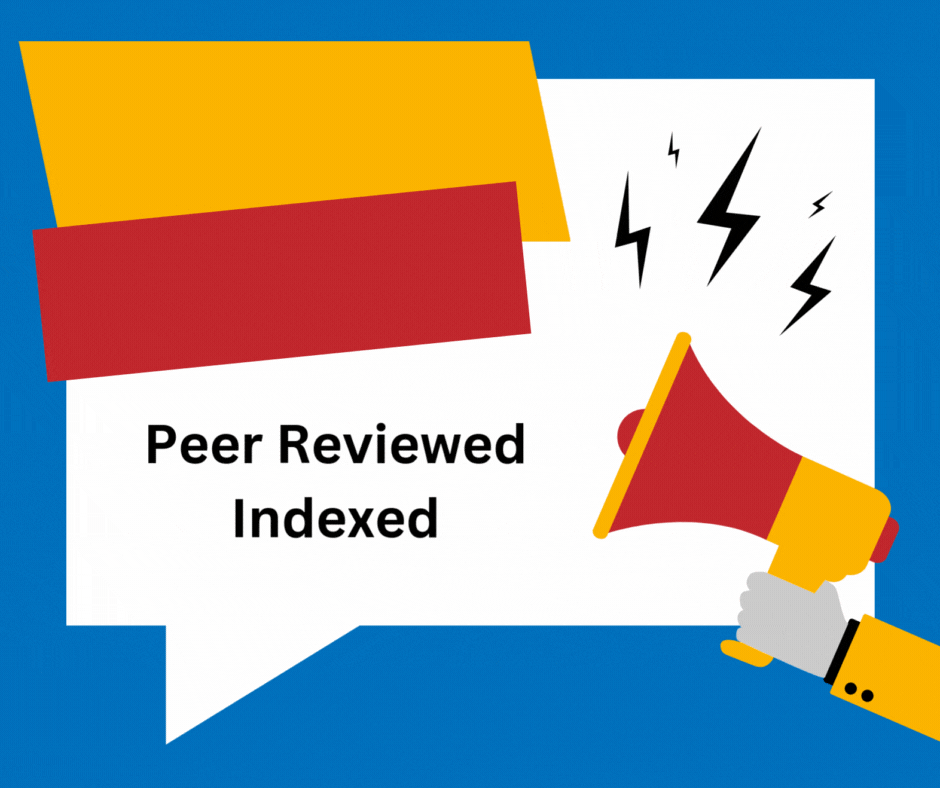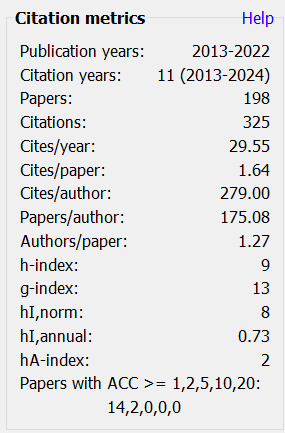Sarah Kane’s Blasted Through A Psychoanalytic Lens
DOI:
https://doi.org/10.5958/2347-6869.2018.00007.9Keywords:
Sarah Kane, Blasted, Psychoanalysis, Freud, LacanAbstract
Psychoanalytic concepts which pervade our daily lives help us better understand human behaviors depicted, for instance, in literary texts; in fact, a psychological approach is an excellent tool for critical analysis and for solving a work’s thematic and symbolic mysteries. Sarah Kane's Blasted, a good deal of the narrative progression deals with Ian and Cate’s psychological behavior and their romantic relationship which has important implications for psychoanalytic criticism. The characters’ behavior, narrative events, and images could be explained in terms of psychoanalytic concepts and different unconscious motives consisting of repressed wounds, fears, unresolved conflicts and guilty desires that operate in the main characters throughout this play. Applying Lacan and Freud’s psychoanalytic techniques and psychological theories one can arrive at an interpretation of the play and of the motives behind the individual behavior.
DOI: 10.5958/2347-6869.2018.00007.9
Downloads
Metrics
References
Guerin, W. L. (2005). A Handbook of Critical Approaches to Literature. New York: Oxford University Press.
Kane, S. (2001). Sarah Kane: Complete Plays. India: Bloomsbury Publishing Plc.
Tyson, L. (2006). Critical Theory Today: A User-Friendly Guide. New York: Routledge.

Downloads
Published
How to Cite
Issue
Section
Categories
License
Copyright (c) 2018 sara setayesh

This work is licensed under a Creative Commons Attribution-NonCommercial 4.0 International License.
Revised Copyright/CC license that applies to all the articles published after 05-02-2017
Attribution-NonCommercial 4.0 International (CC BY-NC 4.0)

Copyright/CC license that applies to all the articles published before 05-02-2017
Attribution-Non Commercial-No Derivatives 4.0 International (CC BY-NC-ND 4.0)

Author(s) will retain all the right except commercial and re-publishing rights. In the case of re-publishing, they will have to obtain written permission from the journal. Additional licensing agreements (Creative Commons licenses) grants rights to readers to copy, distribute, display and perform the work as long as you give the original author(s) credit, they can not use the works for commercial purposes and are not allowed to alter, transform, or build upon the work. For any reuse or distribution, readers and users must make clear to others the license terms of this work. Any of these conditions can be waived if you get permission from the copyright holders. Nothing in this license impairs or restricts the authors’ rights. To view a copy of this license, visit http://creativecommons.org/licenses/by-nc-nd/4.0/ or send a letter to Creative Commons, 171 Second Street, Suite 300, San Francisco, California, 94105, USA.
Research Papers published in SOCRATES are licensed under an Attribution-NonCommercial-NoDerivatives 4.0 International (CC BY-NC-ND 4.0)
















